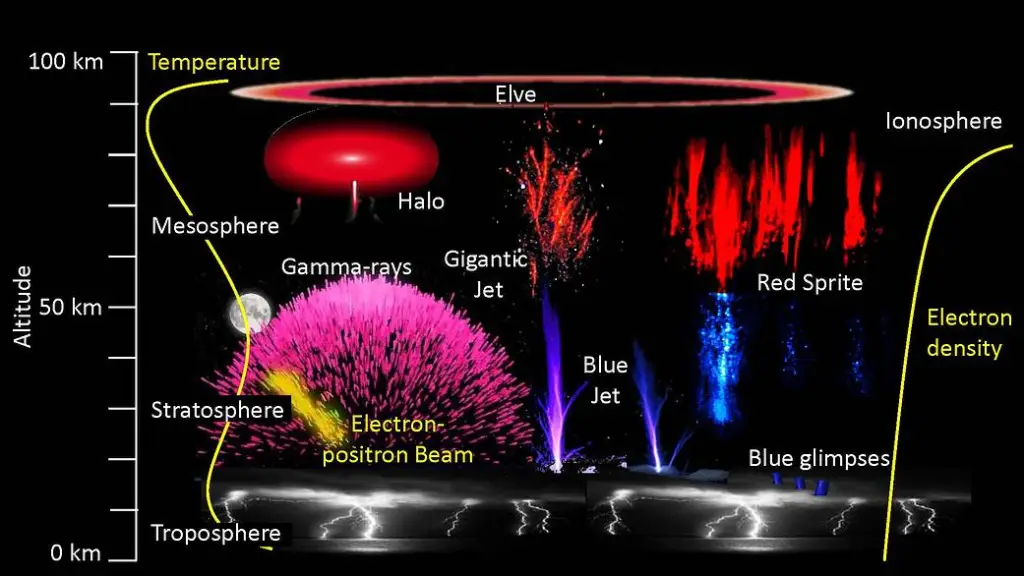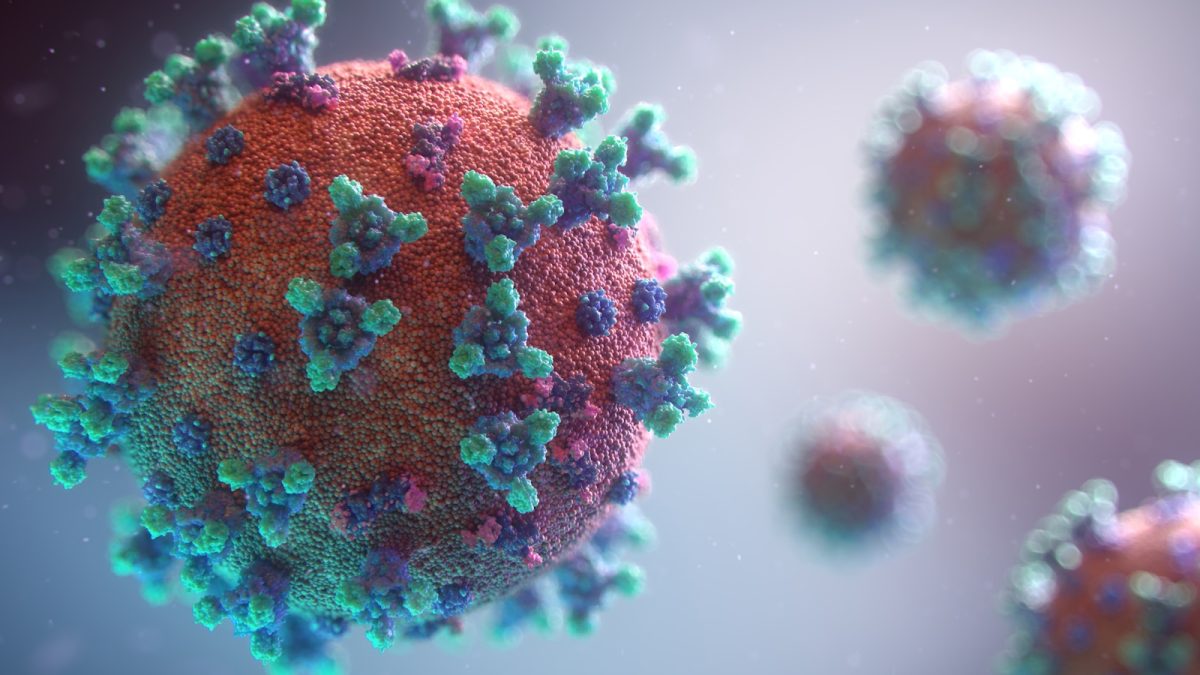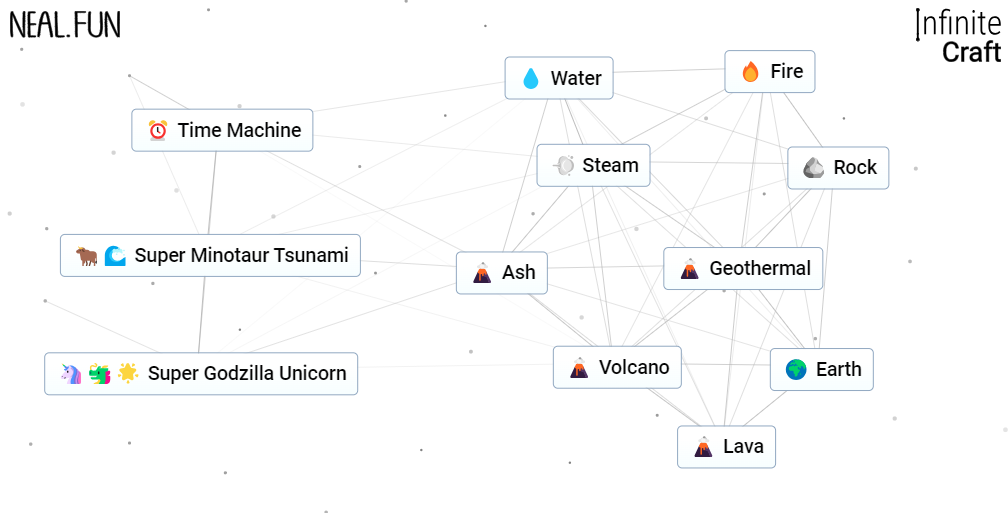Reptiles vs Amphibians
What’s the difference between reptiles and amphibians?
Source: Picasa 3.0
“frog” by insane photoholic is marked with CC BY 2.0.
People think that reptiles and amphibians are really similar, but their not alike, the body, breading, and behavior are different.
What is a reptile?
Reptiles belong to the taxonomic group of animals known as vertebrates, and they are cold-blooded it means they can’t regulate their own body temperature their blood temperature matches the temperature of the environment. Also, reptiles have lungs and an outer covering of horny scales, they lay their eggs in drylands.
What is an amphibian?
Amphibians are cold-blooded vertebrates like reptiles. Amphibians’ eggs are laid in water and are fertilized after their laid. When amphibians’ eggs hatch they are born with gills to allow them to breathe underwater. Then later develop lungs on dry land. Plus, amphibians’ skins are thin and moist (without scales).
What are the similarities and differences?
When comparing the skins of an amphibian and a reptile, amphibian skin is thin and moist. On the other hand, reptiles have horny scales. Amphibians have an aquatic stage of their life cycle. Most will spend their time in or near water. While some species spend their entire lives in water, unlike amphibians, reptiles spend the majority of their lives on dry land. Some will spend their time in or near water. Like crocodiles, they spend a lot of their time in the water. However, they still rest and nest on land.

RELATED STORIES:
- https://www.dictionary.com/e/amphibians-vs-reptiles/#:~:text=Reptiles%20are%20born%20with%20lungs%2C%20while%20amphibians%20are%20born%20with,turtles%2C%20and%20lizards%20are%20reptiles.
- https://www.sheddaquarium.org/stories/amphibian-or-reptile-here-s-the-difference
- https://www.reconnectwithnature.org/news-events/the-buzz/what-s-the-difference-reptile-vs-amphibian
- https://www.biologicaldiversity.org/campaigns/amphibian_conservation/faq.html
- https://a-z-animals.com/blog/amphibians-vs-reptiles-10-key-differences-explained/
TAKE ACTION:
- Learn more about reptiles: https://www.nationalgeographic.com/animals/reptiles
- Learn more about amphibians: https://www.nationalgeographic.com/animals/amphibians

























